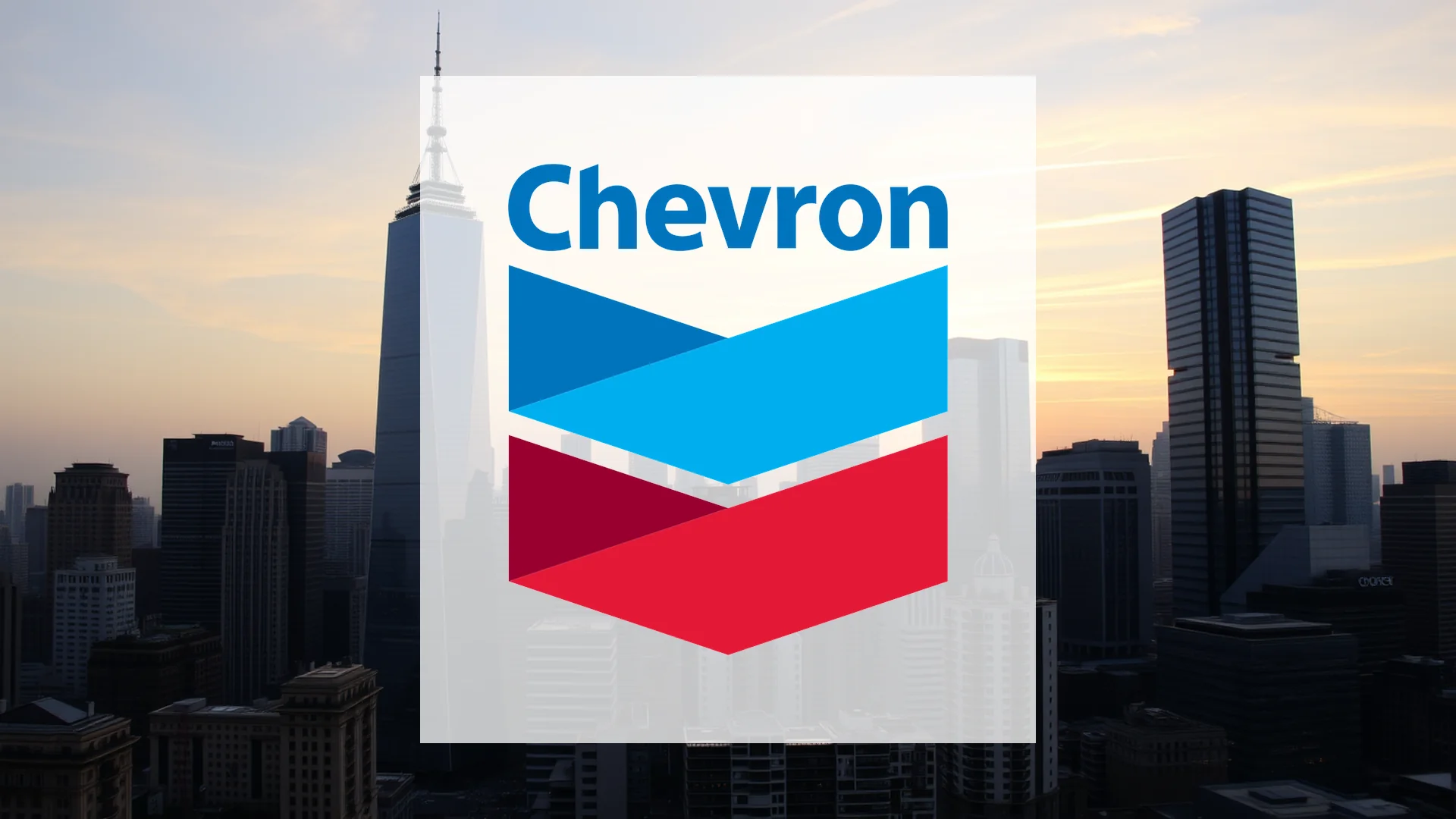Chevron is positioning itself to redefine the energy landscape. In a strategic shift, the oil giant is moving beyond its traditional reliance on fossil fuels to capitalize on the burgeoning market for powering artificial intelligence data centers. While conventional oil companies face an uncertain future, Chevron’s unexpected maneuver could potentially rewrite the rules for the entire energy sector.
Financial Ambitions and Capital Management
During its recent investor presentation, Chevron laid out a series of ambitious financial targets through 2030. The corporation aims to achieve annual adjusted free cash flow growth exceeding 10%, a target set against a conservative oil price benchmark of $70 per barrel for Brent crude. This confident outlook is supported by several key financial objectives:
- Earnings per share growth of more than 10% per year
- Annual production growth of 2-3% for oil and gas until 2030
- A planned improvement in return on capital employed of over 3% by 2030
These targets indicate a corporate strategy focused not merely on expansion but significantly on enhancing efficiency across its existing portfolio.
The company maintains a firm commitment to capital discipline alongside its growth ambitions. Annual capital expenditures will be contained within a $18 to $21 billion range. Notably, Chevron intends to keep its combined capital and dividend breakeven price persistently below $50 per barrel, signaling robust financial resilience.
Perhaps most impressive to shareholders are the share repurchase plans. The company has committed to buying back between $10 and $20 billion of its own stock annually through the end of the decade. This substantial return of capital, coupled with a dividend that has been raised consistently for a quarter-century, underscores management’s strong conviction in the company’s future cash flow generation.
Should investors sell immediately? Or is it worth buying Chevron?
The AI Power Play: A New Venture in West Texas
The most surprising strategic development emerges from West Texas. Chevron is developing its first power plant specifically designed to supply electricity to AI data centers, with operations scheduled to commence in 2027. The facility is projected to supply an initial 2.5 gigawatts of power—sufficient for approximately 1.25 million homes—with infrastructure designed to potentially double its capacity to 5 gigawatts.
This strategic initiative leverages Chevron’s core competency in managing large-scale energy projects while simultaneously opening entirely new revenue streams. As global electricity demand from AI applications surges, the energy multinational is strategically positioning itself as a power provider for the digital economy.
Driving Efficiency and Integration
Behind the scenes, Chevron is executing a comprehensive efficiency drive. The acquisition of Hess Corporation is projected to yield synergies of $1.5 billion by the end of 2026. Concurrently, the company is targeting structural cost savings of $3 to $4 billion within the same timeframe.
The critical question remains: Can Chevron successfully bridge its traditional oil and gas operations with its new focus on AI energy infrastructure? The ambitious targets are now public; the company’s subsequent task is to deliver on these promises.
Ad
Chevron Stock: Buy or Sell?! New Chevron Analysis from November 17 delivers the answer:
The latest Chevron figures speak for themselves: Urgent action needed for Chevron investors. Is it worth buying or should you sell? Find out what to do now in the current free analysis from November 17.
Chevron: Buy or sell? Read more here...











